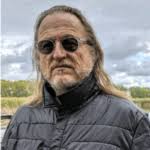
Jeff Higginbotham, PhD
For over thirty years, I have studied the interactions of individuals who use augmentative communication (AAC) technologies and developed technologies to facilitate face to face communication. My early work explored the influence of AAC interfaces on social interaction and the basic efficiency characteristics of AAC technologies. In the mid- 1990’s I helped to start Enkidu Research, which developed some of the first handheld AAC technologies. With David Wilkins, we developed Frametalker, a technology for the use of utterance- based communication in AAC (received 4 patents), which was licensed by the Dynavox Corporation. As a founding member of the Rehabilitation and Engineering Research Center for Communication Enhancement (1998 – 2014), my laboratory was responsible for the development of automated data logging technologies for AAC and dynamic word prediction that uses the internet for dynamic fringe vocabulary. During this time my lab has also pursued research how people adapted their communication styles to interact through these technologies, focusing on the impact of operational time delays on the ability to conduct successful social interactions. My lab has also been involved in studying the talk-in-interaction of medical personnel conducting robotic surgery.
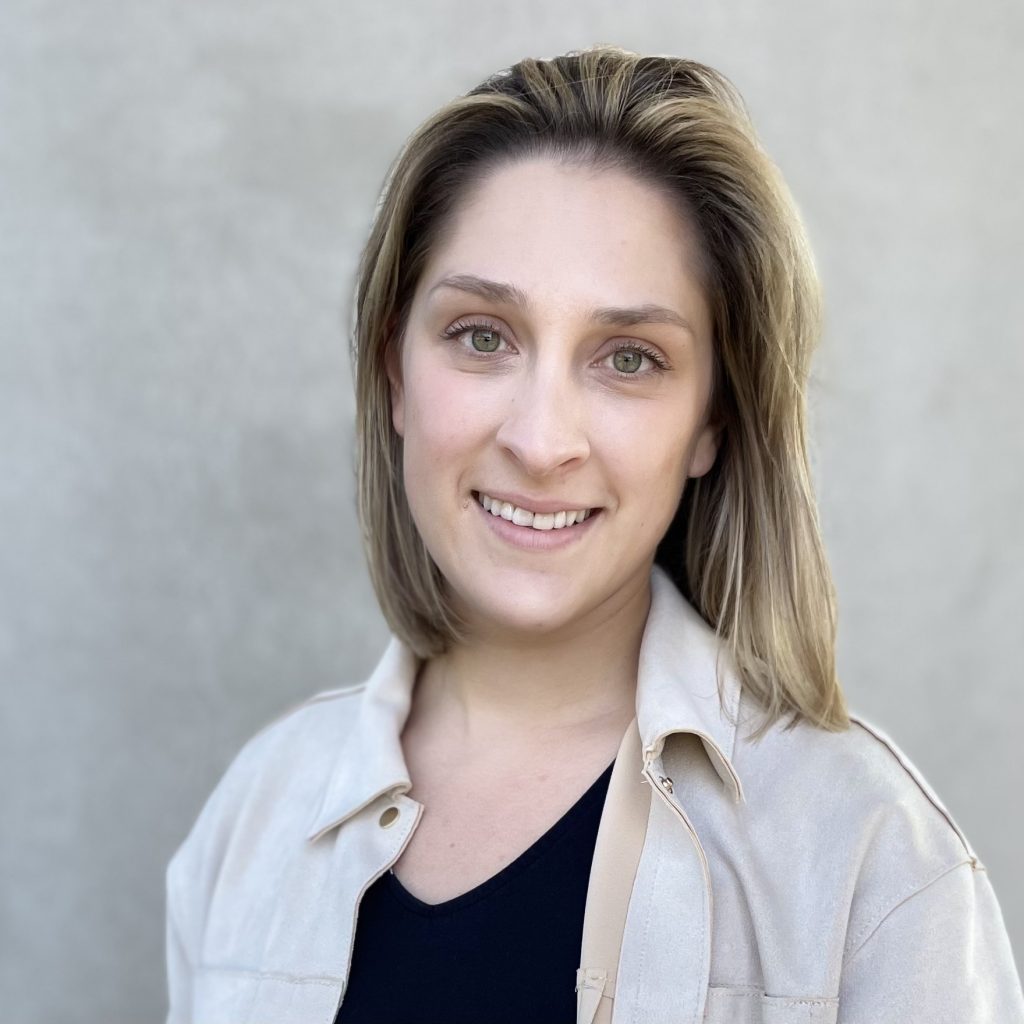
Jenna Bizovi, MBA, BSIE
Jenna Bizovi is the Assistant Director at the Communication and Assistive Device Laboratory (CADL) at the University at Buffalo. She is an expert in human factors engineering and human-technology-interaction. She has significant experience in directing teams of individuals with diverse backgrounds in research and technology development. In addition to her research work on the project, she is also responsible for directing student researchers and engineers on collaborative R&D projects.
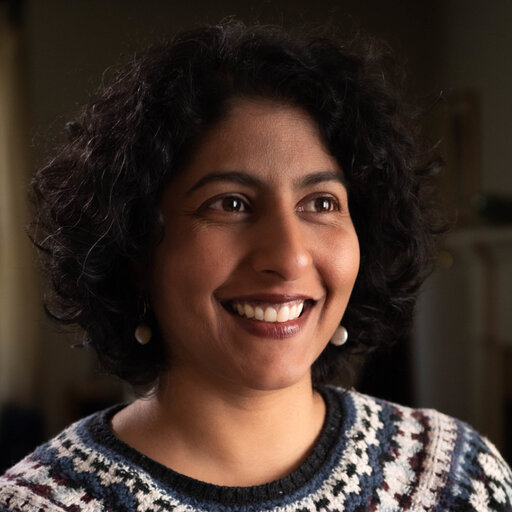
Antara Satchidanand, PhD, CCC-SLP
Antara Satchidanand is a postdoctoral fellow at the Communication and Assistive Device Laboratory at the State University of New York at Buffalo. She holds licenses in middle school English education and speech-language pathology. Her primary research interest is in understanding, describing, and measuring how the use of high-tech devices impacts human interaction. Her approach draws heavily on the methods of ethnomethodological conversation analysis. Currently, Antara’s research examines miscommunication in conversations involving individuals who use speech generating devices to replace or augment oral speech and uses the results of this inquiry as a foundation for developing evidence-based design solutions with direct relevance to improving users’ ability to participate in conversational interaction. Antara’s past research experience includes referencing and miscommunication in robot assisted surgery.

Manohar Golleru, MS
Manohar Golleru is a PhD candidate in Industrial Engineering (Human Factors & Ergonomics) at the University at Buffalo, with a strong focus on human-centered design, AI-driven assistive technologies, advanced human-machine and human-robot interaction (HMI/HRI), and virtual reality (VR). He actively works in ergonomics research and has led projects in robotics, computer vision, and machine learning. His work integrates large language models, real-time communication systems, and usability research to enhance augmentative and alternative communication (AAC) devices for individuals with speech disabilities.

Shalini Agarwal, MS
Shalini is a Research Software Engineer with over five years of experience in software development, data engineering, and AI research. With expertise in natural language processing, conversational AI, and cloud technologies, Shalini has contributed to impactful projects in healthcare, social good and information integrity. She has built scalable AI systems, developed NLP-powered tools, and created data-driven solutions across both industry and academic settings. Shalini holds a Master’s degree in Computer Science and Engineering from SUNY Buffalo and a Bachelor’s in Electronics Engineering from Thapar Institute of Engineering and Technology.

Pamela Mathy, PhD, CCC-SLP
Pamela Mathy is a Research Associate in the Communication and Assistive Device Laboratory CADL in the Department of Communication Disorders and Sciences at the University of Buffalo and a Clinical Professor Emeritus in the Department of Communication Sciences and Disorders at the University of Utah. During her 45-year career, her clinical work, research, and teaching has focused on individuals with complex communication needs who may benefit from Augmentative and Alternative Communication (AAC) including people with a wide range of diagnoses such as amyotrophic lateral sclerosis and other acquired neurogenic disorders and developmental disorders such as cerebral palsy and autism spectrum disorders. Her research and clinical work in AAC have focused on intervention and research to understand how people with complex communication needs use AAC technologies and how these technologies help or hinder their ability to engage fully in social interactions in their daily lives.
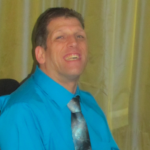
Todd Hutchinson
Todd Hutchinson is a life-long user of a variety of communication technologies and is an expert user of MinSpeak. He has worked as a teacher and technical and research consultant at the University at Buffalo, SUNY – Fredonia, Nazareth, and SUNY Buffalo State. Mr. Hutchinson has worked with the Communication and Assistive Device Laboratory at the University at Buffalo for the last 25 years, serving primarily as a research associate on a variety of research grants. In 2018 he gave the Edwin and Esther Prentke AAC Distinguished Lecture at the annual conference of the American Speech-Language and Hearing Association, recognizing his accomplishments as an augmented speaker. Mr. Hutchinson’s other interests include representations of the disabled in writing and on social media.
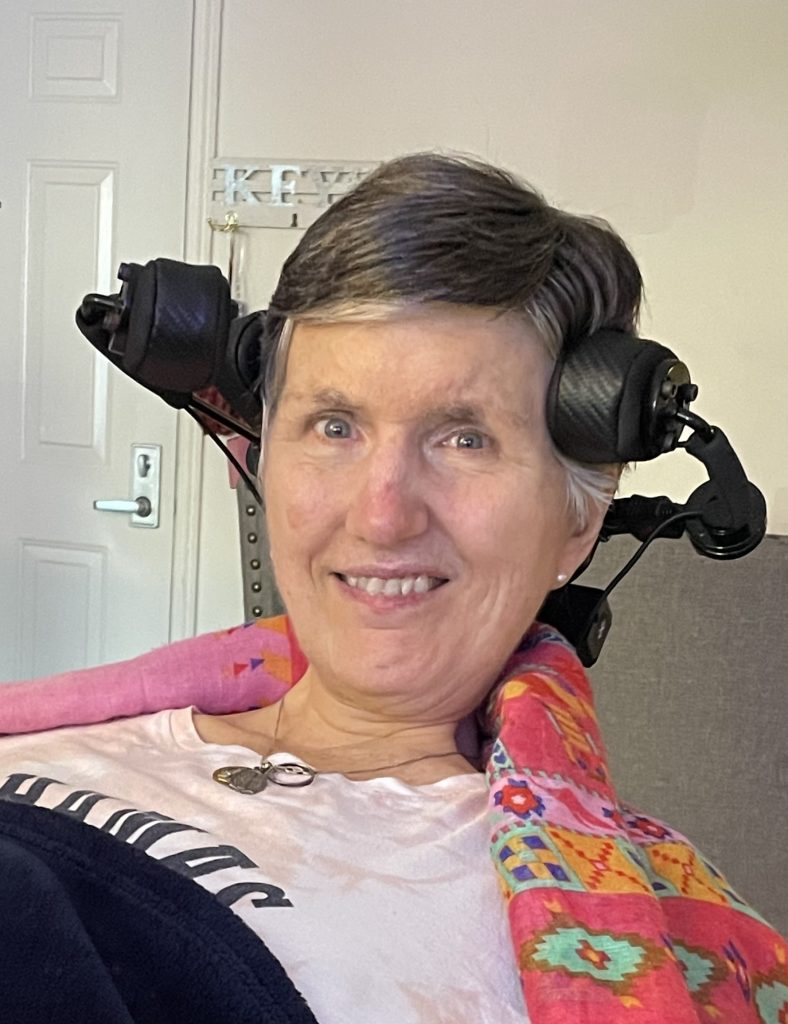
Linda Kwasniak
Linda Kwasniak works as an Independent Contractor at the Communication and Assistive Device Laboratory (CADL), providing feedback on interface design and AI-device integration. She is a retired elementary physical education teacher with familial bulbar ALS and was diagnosed in 2013 in very good physical health. Through a series of fortuitous events, Linda was connected with cutting edge research studies and was chosen to receive stem cells in my cervical vertebrae. This has preserved her diaphragm and saved my life, as she has been seemingly stable for at least 7 of the past 12 years.
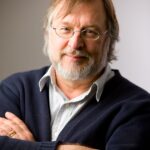
Michael Buckley
I have taught courses in software and electrical engineering since 1983 at three universities, currently at the University at Buffalo. I have been an industry consultant for 25 years, and share ownership of a 50-person company in Buffalo, NY that develops embedded systems and industrial control software. I am the father of two boys who are (literally, not figuratively) rock stars. My daughter was disabled, and she sparked my interest in using computers for augmentative communications and therapies. My wife is a pediatric hospice nurse, and has taught me to use technology to care for children beyond help. Our good work has appeared in magazines, on radio & TV, but the greatest opportunities that I have found are in promoting the use of socially relevant projects in schools, where I know that creative energy will carry it forward. At the University of Buffalo, our students are required to use technology, their energy , and real and artificial intelligence to improve the quality of life of the disabled and disadvantaged, and there is no shortage of stories to tell, both promotional and cautionary.